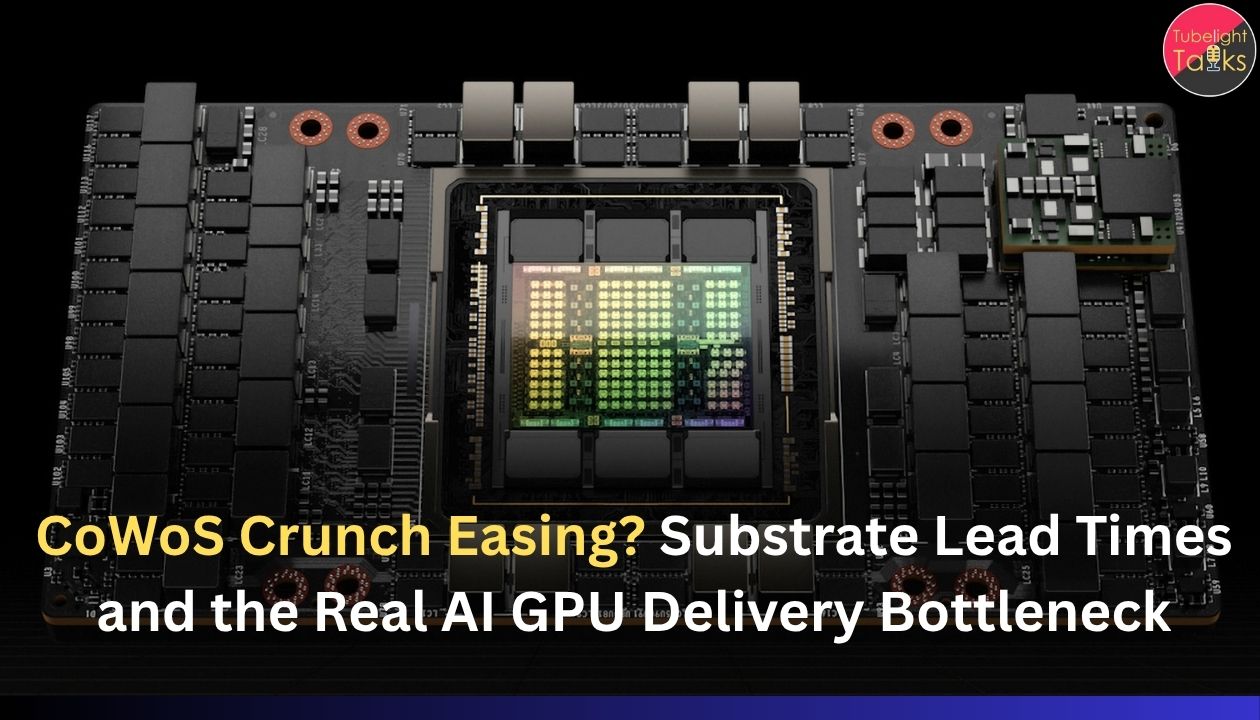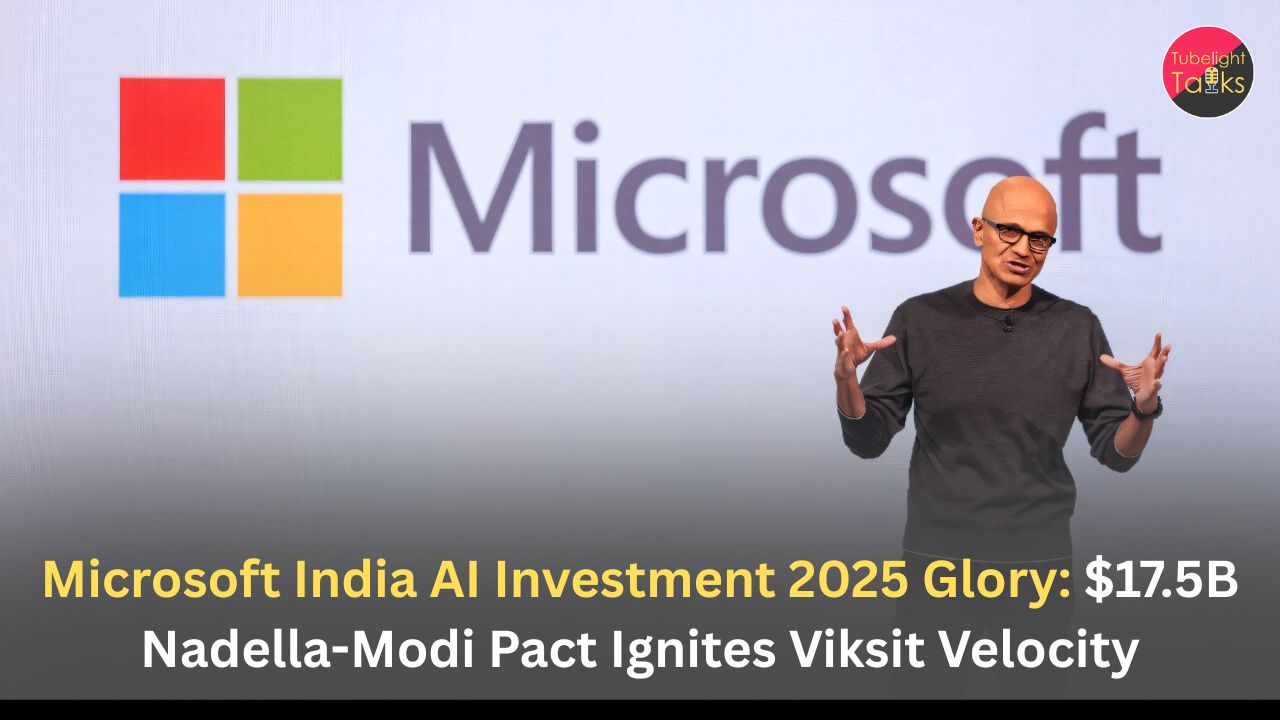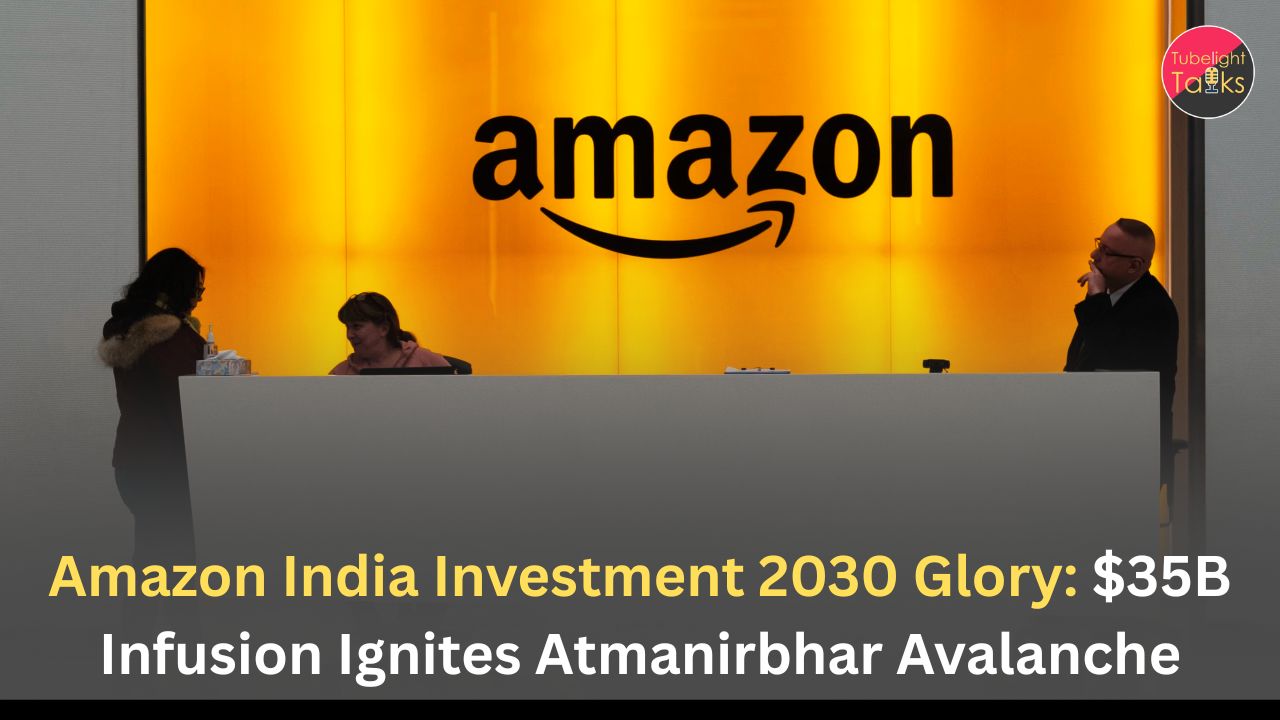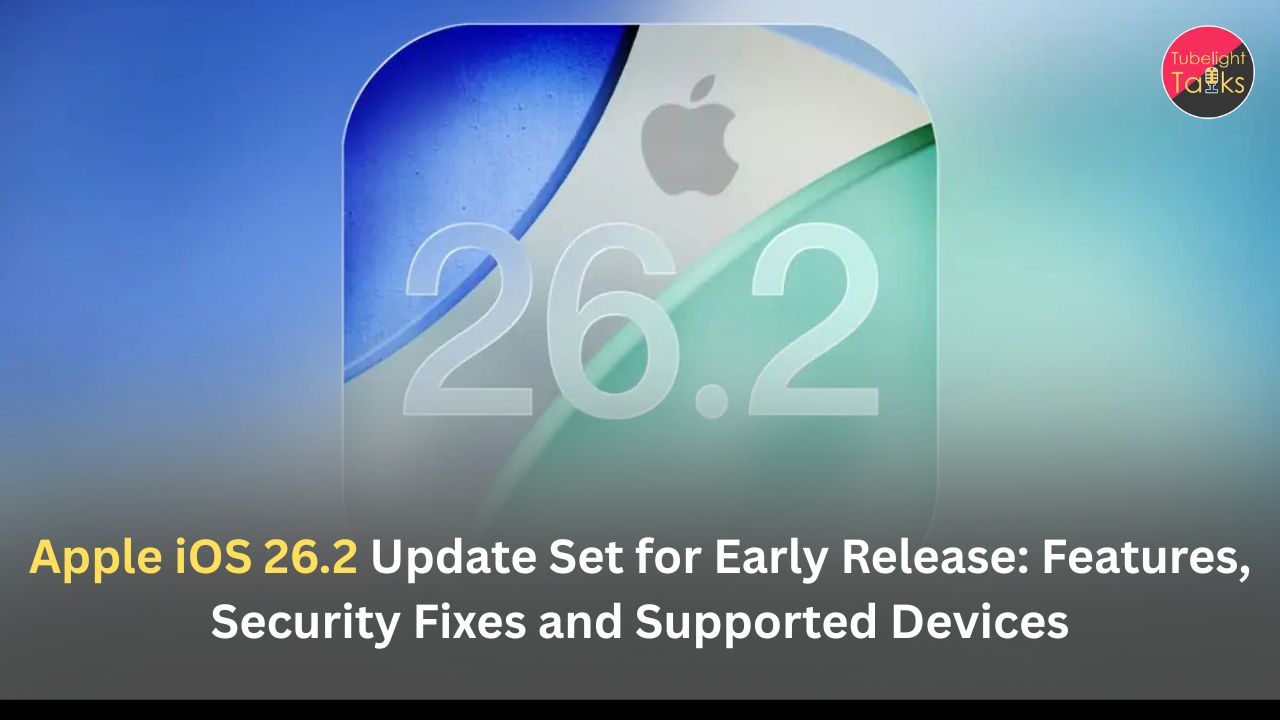CoWoS Crunch Easing: For much of 2023–24, CoWoS—TSMC’s advanced “chip-on-wafer-on-substrate” packaging—was the villain behind AI GPU shortages. Cloud providers and model labs could buy all the 5 nm wafers they wanted, but without CoWoS capacity to marry those dies to stacks of HBM, delivery dates slipped quarter after quarter.
By mid-2025, the picture is more nuanced. TSMC has doubled CoWoS capacity and is targeting further expansion through 2026, while OSATs and rivals ramp their own high-end packaging lines. Nvidia’s Jensen Huang says packaging constraints have “improved significantly” versus two years ago—but still remain a bottleneck.
Behind the scenes, the pressure is quietly shifting downstream: to ABF and T-glass substrates, HBM availability, and the slow ramp of backend equipment. Together, these now define the real delivery bottleneck for AI GPUs into 2026.
CoWoS 101: Why it mattered so much
CoWoS (Chip-on-Wafer-on-Substrate) is TSMC’s flagship 2.5D packaging technology. It places one or more logic dies (GPU/ASIC chiplets) plus multiple stacks of HBM on a large silicon interposer, then mounts that interposer on an organic substrate.
This solves three problems at once:
- Insane bandwidth – HBM sits a few millimetres away over dense interposer wiring, instead of inches over a PCB.
- Power & signal integrity – Shorter interconnects, more I/O, and better power distribution.
- Form factor – A single, massive module (like Nvidia’s GH100/H100 or H200) can be dropped onto a board as one unit.
As generative AI exploded, demand for these high-end CoWoS modules skyrocketed. In mid-2024, industry reports suggested TSMC’s CoWoS capacity for 2024–25 was effectively booked by just Nvidia and AMD, leaving everyone else scrambling.
Capacity wave: Is the CoWoS crunch really easing?
TSMC and others have not stood still:
- TSMC has committed to tripling CoWoS output to roughly 45–50k CoWoS wafers per month by the end of 2024, and further capacity additions into 2025–26 as part of a ~$42 billion capex push.
- Industry analysis notes that advanced packaging is now the key battleground, not just front-end lithography.
- Nvidia is shifting from classic CoWoS-S interposers to larger CoWoS-L implementations for its Blackwell generation, while still running older Hopper chips on CoWoS-S. Huang describes packaging demand as “evolving, not shrinking.”
- New capacity is coming from Samsung, Intel, Amkor and other OSATs, with 2025–26 flagged as the window when non-TSMC packaging finally starts to matter for AI accelerators.
So is the crunch over? Partially:
- Lead times for some CoWoS modules have improved from the extreme peaks of late-2023/early-2024 as new lines ramp.
- But utilisation is still very high, and major customers pre-book capacity years out, leaving limited slack for new entrants.
- Even Nvidia’s Blackwell chips produced at TSMC’s Arizona fab will, according to reports, still be shipped back to Taiwan for advanced packaging—evidence that packaging, not wafer fabrication, remains the constraining step.
In short: the worst of the CoWoS famine is easing, but the overall system is far from “loose.”
Substrates: The silent schedulers of AI GPU delivery
Under every CoWoS module sits an organic package substrate—typically ABF (Ajinomoto Build-up Film) or higher-performance T-glass variants.
Recent market analyses point out that shortages in T-glass and ABF substrates are stretching lead times beyond six months, forcing GPU vendors to align launch calendars with substrate availability, not just wafer tape-out dates.
Key substrate realities:
- Narrow supplier base – A handful of Japanese, Korean and Taiwanese vendors dominate high-layer-count ABF, and only a subset can handle the huge reticle-size interposers and power delivery networks required by top AI GPUs.
- Long build & qualification cycles – High-end substrates require multiple build-up layers, laser drilling, plating and rigorous inspection. Each new design needs months of co-development and reliability testing.
- Panel-level shift – As reticle sizes explode (e.g., future “Rubin”-class packages), TSMC and others are beginning to move to panel-level carriers and CoPoS (Chip-on-Panel-on-Substrate), changing substrate manufacturing flows—but this transition itself takes time and new tooling.
Result: even when CoWoS interposer capacity is available, substrate lead times can become the new critical path.
The real bottleneck stack: It’s not just CoWoS vs substrates
By late-2025, the AI GPU delivery pipeline looks more like a stack of bottlenecks than a single choke point:
- HBM availability
- SK Hynix, Samsung and Micron are all racing to add HBM lines, but demand is so intense that at least one major supplier (SK Hynix) reports being effectively sold out of HBM capacity into 2026.
- SK Hynix, Samsung and Micron are all racing to add HBM lines, but demand is so intense that at least one major supplier (SK Hynix) reports being effectively sold out of HBM capacity into 2026.
- CoWoS / advanced packaging modules
- Still tight, especially for largest interposers and multi-die modules like Nvidia GB200.
- Still tight, especially for largest interposers and multi-die modules like Nvidia GB200.
- ABF / T-glass substrates
- 6+ month lead times in some segments; substrate allocation can decide who ships in Q2 vs Q4.
- 6+ month lead times in some segments; substrate allocation can decide who ships in Q2 vs Q4.
- Backend tools & ovens
- Reports indicate a lag in backend equipment (bonding, molding, test, inspection), as capex historically favoured front-end fabs; over 60% of packaging delays in early-2024 were tied to such backend capacity mismatches.
- Reports indicate a lag in backend equipment (bonding, molding, test, inspection), as capex historically favoured front-end fabs; over 60% of packaging delays in early-2024 were tied to such backend capacity mismatches.
- Logistics + geographic split
- Even where front-end capacity is moved closer to customers (e.g., TSMC Arizona), the advanced packaging remains concentrated in East Asia, forcing modules to travel and adding complexity.
- Even where front-end capacity is moved closer to customers (e.g., TSMC Arizona), the advanced packaging remains concentrated in East Asia, forcing modules to travel and adding complexity.
The net effect: delivery dates are set by the slowest of HBM, CoWoS, substrates and backend, not by wafer starts alone.
What buyers and cloud providers are seeing
For hyperscalers and big AI labs, all this translates into:
- Multi-year, multi-component contracts – Deals now bundle wafers, HBM, packaging and often even logistics and hosting, to secure end-to-end supply.
- Priority for incumbents – Firms like Nvidia that locked in early CoWoS and substrate allocation continue to enjoy structural advantage; newer custom AI chip entrants struggle to secure comparable slots.
- Volatile lead times – Some SKUs see modest improvement from 12–18 months to under a year; others slip if a single component (e.g., a substrate rev) hits a problem.
- Price stickiness – Advanced packaging and ABF substrates still command premium pricing; analysts say we will only know the crunch is truly easing when ASP erosion appears and OSATs start discounting to fill lines.
2026 outlook: When does it actually feel “better”?
Industry commentary suggests a gradual easing, not a sudden cliff:
- By 2025–26, new capacity beyond TSMC (Samsung, Amkor, Intel’s advanced packaging fabs) should meaningfully add to the pool, especially for high-end GPUs and ASICs.
- If this coincides with HBM4 ramps and broader substrate investments, we could see shorter CoWoS module lead times and more balanced pricing—provided AI demand doesn’t accelerate faster than supply.
- However, if projects like “compute-at-scale” data centres (e.g., multi-hundred-billion-dollar AI campuses) pull demand forward, the market could remain tight well into 2027 despite all this capex.
So the answer to “Is the CoWoS crunch easing?” is “yes, but the bottleneck has become a relay race.” CoWoS is no longer the only constraint; substrates, HBM and backend tools share the blame.
Infinite compute vs Dharmic responsibility
From a Satgyan viewpoint, as articulated by spiritual leader Sant Rampal Ji Maharaj, the rush toward “infinite AI compute” raises questions beyond supply chains and capex:
- Why are we building this much compute?
If the main use of AI clusters is entertainment, speculation or manipulative advertising, then pouring trillions into ever-bigger GPU farms while large populations lack basics like clean water, healthcare and education reflects a misaligned priority structure. - Technology must serve “Sarva-hit” (welfare of all)
Satgyan emphasises that true progress aligns with sarva-bhūt hīt—the welfare of all beings. AI and advanced chips can be powerful tools for medicine, climate resilience, education and governance if guided by Dharma (ethical principles) rather than greed. - Resource limits and inner limits
The industry speaks about bottlenecks in CoWoS, substrates and HBM. Satgyan reminds us that there is also a bottleneck in human wisdom and compassion. Without transforming inner tendencies—lobh (greed), ahankaar (ego), eershya (envy)—even abundant compute can deepen inequality, surveillance and conflict.
From this angle, the real question is not just “When will CoWoS clear?” but
“Will we use that capacity for lok-kalyan (public welfare) or for narrower, profit-only objectives?”
Read Also: AI Compute Wave: Blackwell GB200 Racks Shipping; Liquid-Cooling Stabilizes
FAQs: CoWoS is Clinching?
1. What is CoWoS and why was it such a big bottleneck?
CoWoS (Chip-on-Wafer-on-Substrate) is TSMC’s advanced 2.5D packaging technology that integrates logic dies (like GPUs) and HBM stacks on a silicon interposer, then mounts the assembly on an organic substrate. This is critical for AI and HPC chips that require huge memory bandwidth. Demand for CoWoS exploded with generative AI, and TSMC’s capacity was effectively saturated by a few big customers, causing module shortages and long GPU lead times.
2. Is the CoWoS crunch really easing now?
Yes, to a degree. TSMC has doubled CoWoS capacity and is continuing to ramp, while other packaging providers add lines. Nvidia’s CEO says packaging constraints are “significantly better” than two years ago—but still a bottleneck. So conditions are improved versus 2023, but not yet “relaxed,” especially for the largest and most complex AI modules.
3. Why are substrates (ABF, T-glass) such a problem now?
High-end AI GPU packages need very large, high-layer-count ABF/T-glass substrates. There are relatively few suppliers capable of making them at the required quality and volume. Recent market analysis indicates shortages have stretched substrate lead times beyond six months, forcing GPU vendors to time launches and deliveries around substrate availability as much as around wafer supply.
4. What role does HBM play in the bottleneck?
HBM (high-bandwidth memory) is essential for AI accelerators. Suppliers like SK Hynix report being effectively sold out of HBM capacity into 2026 due to massive AI demand and large contracts (including for projects like OpenAI’s “Stargate”). Even if CoWoS and substrates are available, lack of HBM or long HBM test/validation cycles can delay finished modules.
5. When will AI GPU lead times feel “normal” again?
If capacity expansions from TSMC, Samsung, Intel, Amkor and the HBM vendors all land on schedule, and demand doesn’t spike further, the market may see visibly shorter lead times and softer pricing around 2026–27. But if huge new AI campuses and large government/ enterprise projects keep pulling demand forward, tight conditions could persist longer—even as CoWoS itself becomes less of a single point of failure.










